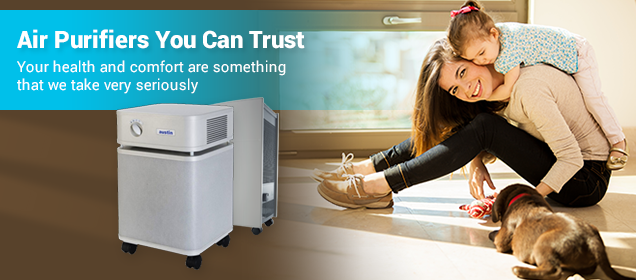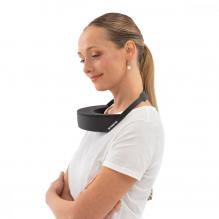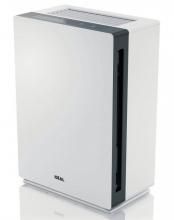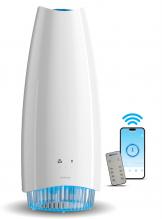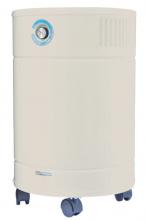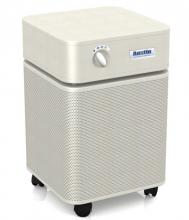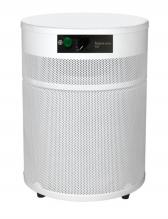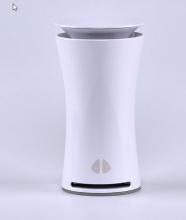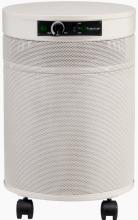People who are reading up on the best ways to improve their health find that their indoor environment makes a difference. They’re finding that it works really well to use an air purifier to cycle the air inside of your home and your workplace. This keeps things cleaner and improve quality of life. That means less irritation and fewer health hazards long-term.
But what do people want in these well-engineered machines?
It turns out there are some common things that are at the top of the list for shoppers who have read detailed reports on what works with air purification.
Some people have a rather simple view. It's that you just turn the thing on, and let it work. Others want to know specifically how to get the best result. They tend to spend time reading up on their purchase. Here are five of the top features that people want in an air purifier.
High-Quality Filtration
In so many ways, air purification starts with good filtration.
The best standard, for a lot of people, is the HEPA filter that is rated to trap 99.97 of particles down to .3 microns. In addition, there’s a “super HEPA” that traps even more particles and is rated for 99.99% down to .1 microns.
You can read more about this on our site. In addition to the HEPA filter, there’s also activated carbon and ceramic core technologies. There’s probiotics. And of course, filtration agents for systems.
Coverage Areas and Clean Air Delivery Rate
What is the clean air delivery rate? It’s a standard set by the U.S. Environmental Protection Agency and the American Lung Association. CADR shows how well an air purifier works on health hazards like tobacco smoke, . That's also true for items like dust and pollen.
The standard is measured by the Association of Home Appliance Manufacturers. You might see these two acronyms, CADR and AHAM, mentioned together.
In evaluating an air purifier model, the organization will list three numbers, one for each pollutant: tobacco smoke, pollen, and dust.
Look for more on our site, including the AHAM 2/3 rule for air filtration compared to room size. Plead note that some makers use a CFM metric instead of CADR.
Automation Features
With the smart home revolution, air purifiers are part of the equation. Shoppers are choosing machines with high-tech features like remote operation. They look for automated settings. Case in point: the ability to port auxiliary data based on Wi-Fi connectivity. This is where you get into the Internet of Things, and the idea that every appliance should be wirelessly connected. For air purifiers, this means more granular data on things like particle levels, ACH and more. In terms of automated settings, you can look for a Molekule model incorporating this kind of design, or a Rabbit Minus A3, or some IDEAL models.
Whisper-Quiet Systems
Many of these machines also have quieter settings for overnights or times when you don’t want to hear the machine operating at full volume. This is another very popular feature for a lot of buyers. It helps you to get better shut-eye, while also enjoying the clean air that supports your health. On the other hand, some people like the hum of a machine to lull them into slumber.
Maintenance Features
Here’s another key factor to consider when you are shopping for an air purifier:
How are you going to maintain your unit over time?
It makes a difference how the filtration works. It determines how you replace your air filter.
Too many people have purchased a machine like this, and stopped using it. That's because they didn’t know how to effectively change the HEPA filter.
We’ve explained on the blog that you should not wash HEPA filters with water, in general, and you should replace most of them fairly often.
So if that process isn’t intuitive to the buyer, you might end up wasting a lot of money and not really using the appliance that you bought.
If, on the other hand, you have a super-easy filtration system, and you can stock up and change the filter regularly, you’ll see the results in your home, and you’ll feel them, too, with relief from various kinds of symptoms related to invisible microbes and particles that could be doing you harm.
These are some of the things that people most often want when they’re trying to get a high-quality air purifier for a home or business.
Take a look at all of the resources that we offer at US Air Purifiers LLC for more on how to choose a machine and how to get the most out of your purchase. We’ve helped so many people to find the right fit. You get more out of their money with clean, breathable indoor air.
